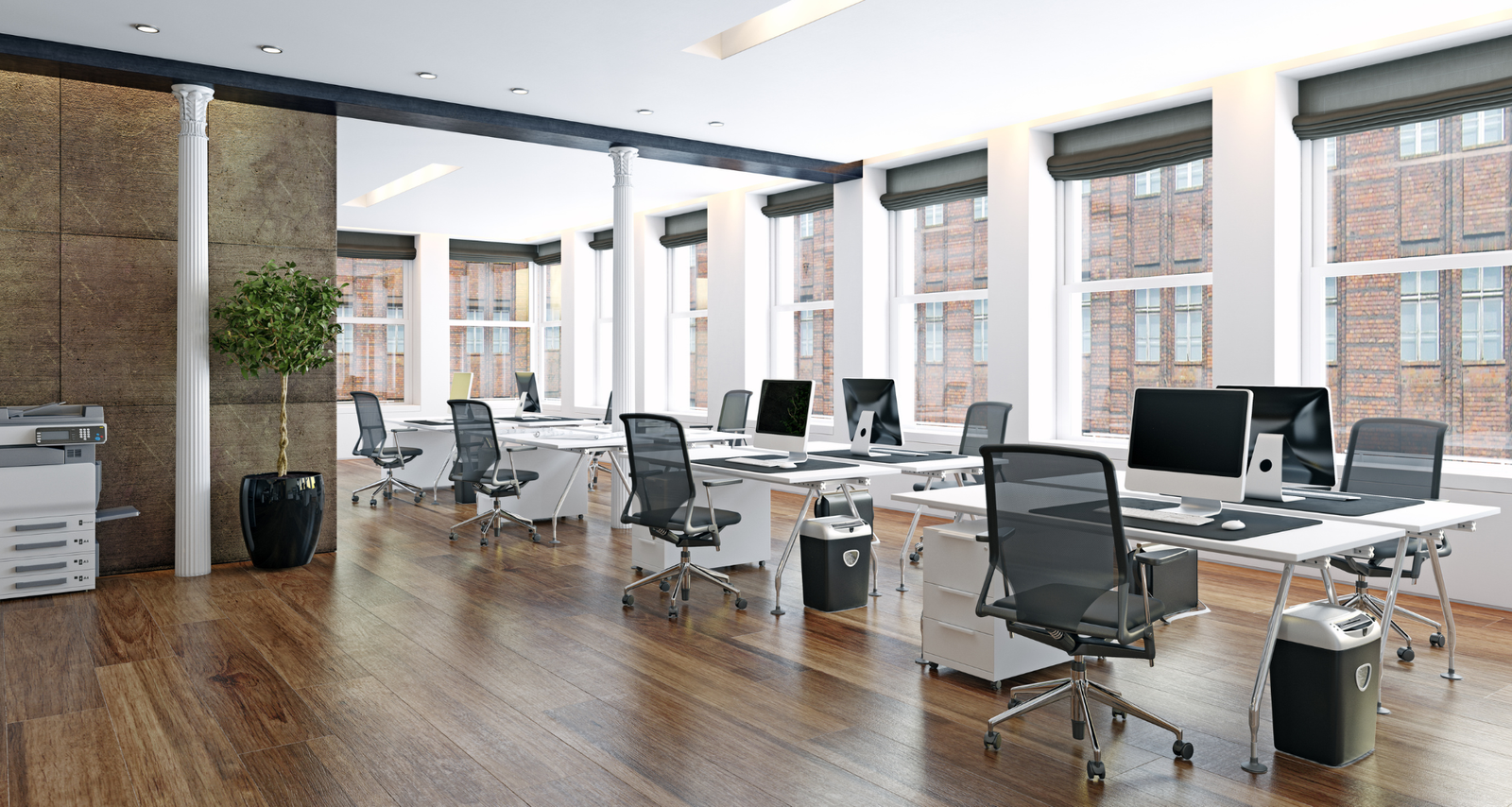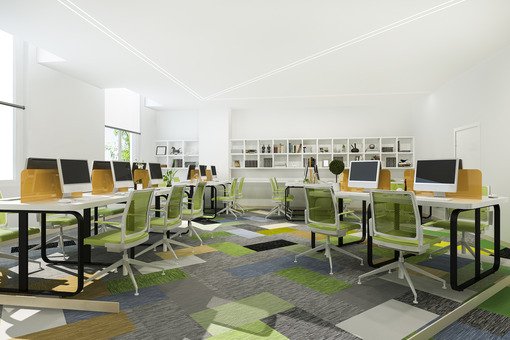In the modern business landscape, the concept of the workplace has undergone a significant transformation. Traditional offices, long the hallmark of professional environments, are now being challenged by the innovative model of coworking spaces. These two types of workspaces cater to different needs and preferences, reflecting the evolving nature of work itself. we will delve into the key differences between traditional offices and coworking spaces, exploring the benefits and drawbacks of each to help you determine which might be the best fit for your business needs.

The Basics: Traditional Offices
Traditional offices have been the cornerstone of business operations for decades. They typically involve long-term leases, private offices, and a hierarchical structure. Here are some defining characteristics:
- Fixed Workspace: In a traditional office, employees have designated workspaces. This consistency can foster a sense of ownership and stability among workers.
- Long-term Leases: Businesses usually commit to long-term leases, which can be financially burdensome but offer a stable environment for long-term planning.
- Hierarchical Structure: Traditional offices often reflect a hierarchical structure, with distinct separations between management and staff. This can be conducive to clear chains of command but may stifle creativity and collaboration.
- Customization and Privacy: Companies have the freedom to customize their office space to reflect their brand and culture. Additionally, traditional offices offer more privacy, which is crucial for sensitive or confidential work.
The Basics: Coworking Spaces
Coworking spaces represent a more flexible and collaborative approach to the workplace. They are designed to accommodate freelancers, startups, and even established businesses looking for a dynamic work environment. Key features include:
- Flexible Membership Plans: Coworking spaces offer various membership plans, from daily passes to monthly subscriptions. This flexibility allows businesses to scale up or down as needed.
- Shared Work Environment: These spaces foster a sense of community by providing open-plan areas where individuals from different companies work side by side. This setup encourages networking and collaboration.
- Cost-Effective: With coworking spaces, businesses avoid the hefty costs associated with long-term leases and the expenses of maintaining a private office. Utilities, internet, and other amenities are typically included in the membership fee.
- Amenities and Services: Coworking spaces often come equipped with a range of amenities such as high-speed internet, meeting rooms, event spaces, and sometimes even perks like coffee bars and fitness centers.
Comparing Traditional Office vs Coworking Space
Now that we’ve outlined the basics, let’s dive deeper into the differences between traditional offices and coworking spaces.
1. Cost and Flexibility
Traditional Office:
- Cost: High upfront costs for leases, furnishings, and utilities.
- Flexibility: Low flexibility due to long-term lease commitments. Difficult to scale up or down quickly.
Coworking Space:
- Cost: Lower initial costs. Membership fees cover most utilities and amenities.
- Flexibility: High flexibility with short-term memberships. Easy to adjust space according to business needs.
2. Community and Networking
Traditional Office:
- Community: Limited to employees of the same company. Networking opportunities are internal.
- Isolation: Can be isolating, especially for small teams or individual workers.

Coworking Space:
- Community: Diverse community from various industries. Abundant networking opportunities.
- Collaboration: Promotes collaboration and idea-sharing across different fields.
3. Productivity and Work Environment
Traditional Office:
- Productivity: Can be high due to fewer distractions and a controlled environment.
- Environment: Can feel rigid and uninspiring. Office politics can affect morale.
Coworking Space:
- Productivity: High for those who thrive in dynamic and social environments. May be challenging for those who require silence.
- Environment: Energetic and vibrant. Creative atmosphere fosters innovation.
4. Customization and Control
Traditional Office:
- Customization: High level of control over the office layout, design, and culture.
- Privacy: Offers more privacy, suitable for confidential work and private meetings.
Coworking Space:
- Customization: Limited control over the workspace design and layout.
- Privacy: Shared environment may compromise privacy. Private meeting rooms are available but may need to be booked in advance.
Choosing the Right Space
When deciding between a traditional office and a coworking space, consider the nature of your business, your team’s needs, and your budget.
- Traditional Offices are ideal for established companies that require a stable, private environment and can commit to long-term leases. They offer customization, privacy, and a sense of permanence.
- Coworking Spaces are perfect for startups, freelancers, and businesses looking for flexibility, cost savings, and a collaborative environment. They provide a dynamic atmosphere that fosters networking and innovation.
At 1Plus1, we understand the diverse needs of modern businesses and offer coworking solutions that cater to various industries and team sizes. Whether you’re a solo entrepreneur or a growing startup, our coworking spaces provide the perfect blend of flexibility, community, and resources to help you thrive.
Conclusion
The choice between a traditional office and a coworking space ultimately depends on your specific business requirements. By understanding the key differences and evaluating your needs, you can make an informed decision that aligns with your goals and enhances your team’s productivity and satisfaction. Embrace the future of work with 1Plus1, where innovation meets flexibility




